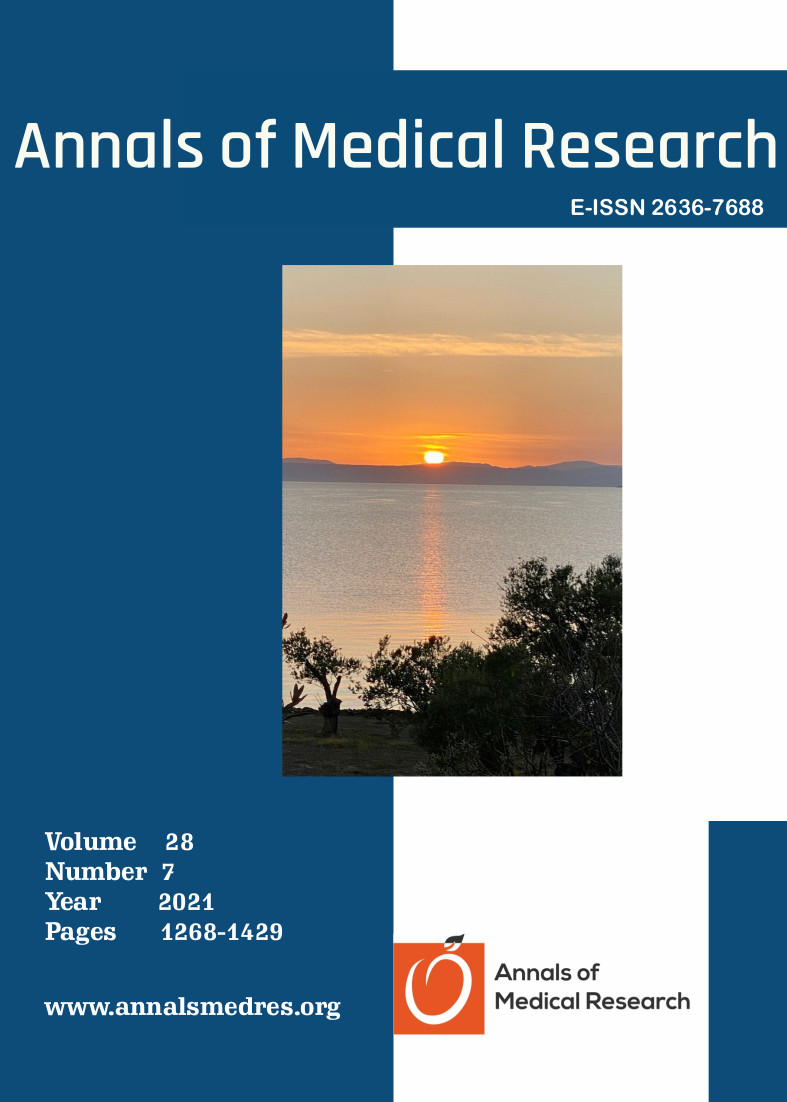Possible risk factors of sinus membrane perforation during sinus floor elevation: A retrospective study
Keywords:
Cone-beam computed tomography, dental implants, membrane perforation, membrane thickness, sinus liftAbstract
Aim: To investigate risk factors causing sinus membrane perforation during sinus floor elevation (SFE) performed with lateral window
technique and to evaluate the sinus membrane health after SFE via Cone-Beam Computed Tomography (CBCT).
Materials and Methods: CBCT images of 33 patients with sinus membrane perforation during SFE and 33 patients without perforation
during SFE as a control and a total of 80 CBCTs were evaluated. Patient-related factors (age, sex, smoking) and maxillary sinus-related factors (preoperative membrane thickness, residual bone thickness, postoperative membrane thickness, and postoperative total bone thickness, type of sinus membrane morphology, and presence of septa) were assessed.
Results: Preoperative sinus membrane thickness of the perforated group (4.38 ± 6.02 mm) was significantly higher than the non-
perforated group (1.74 ± 2.81 mm) (p = 0.02). No significant difference was found between preoperative and postoperative membrane
thicknesses of the non-perforated and perforated group (p = 0.135 and p = 0.106, respectively). The perforation rate was highest (83.3%) in the group of mucosal thickness ≥4 mm. Membrane perforation was observed in 100% of circumferential and complete type sinus membrane morphology, 80% of polyp type morphology, and 85.7% in irregular type morphology. A relationship was found between the presence of septa and membrane perforation (p = 0.01).
Conclusion: The study results show that the presence of septa, age of >55 years, and a sinus membrane thickness of >4 mm are associated with an increased risk of sinus membrane perforation. Perforation did not affect postoperative sinus membrane
thickness.
Downloads
Published
Issue
Section
License
Copyright (c) 2021 The author(s)

This work is licensed under a Creative Commons Attribution-NonCommercial-NoDerivatives 4.0 International License.
CC Attribution-NonCommercial-NoDerivatives 4.0






